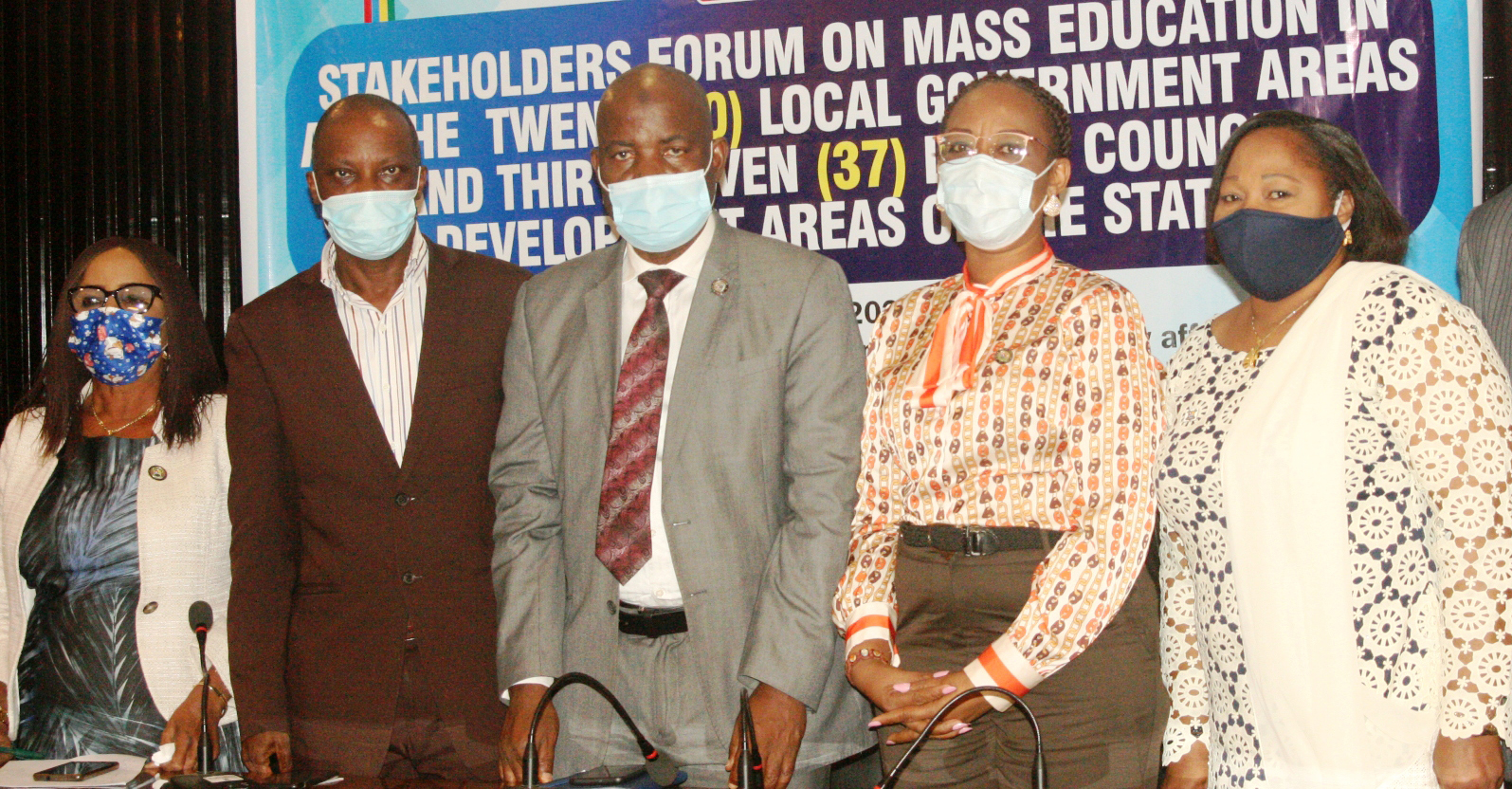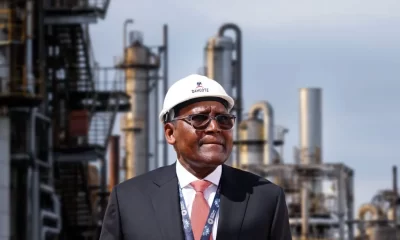Editorial
Beyond London Education Summit

Concerned about the growing figure of out-of-school children worldwide, a few world leaders lately met
and raised $5 billion from donors to assist the education sector in approximately 90 countries, with a huge out-of-school children’s population. The Global Education Summit was co-hosted by the United Kingdom Prime Minister, Boris Johnson, and Kenyan President, Uhuru Kenyatta, in London. The assembly was aimed at making global leaders invest more in education and enhance access for girls.
A record US$4 billion was raised from donors for the Global Partnership for Education (GPE). This fundraising cumulative places GPE firmly in the direction of attaining its goal of realising at least $5 billion over the next five years to transform education for millions of the world’s most susceptible children. A funded GPE would allow up to 175 million children to learn and assist 88 million more girls and boys in school by 2025.
In addition to the US$4 billion pledged from donors, 19 Heads of State and Government pledged to spend at least 20% of national budgets on education, rallying behind a political declaration on education financing led by Kenyatta. Over the next five years, the countries that signed the declaration will commit up to US$196 billion in funding for education. These commitments are an essential safeguard against lost learning as a result of the economic impact of Covid-19.
Nigeria’s President Muhammadu Buhari and other world leaders participated in the summit which held between 28 and 29 July, 2021. This two-day hybrid event brought together leaders from governments, corporations, the private sector and development banks to dedicate funds and support to the education of children in the poorest countries of the world.
At the occasion, Buhari promised to raise Nigeria’s education budget by 50 per cent over the next two years. That is laudable if it is faithfully enforced. The promise was contained in a document entitled, “Heads of State call to action on education financing ahead of the Global Education Summit,” signed as a form of commitment at the summit. It is a move in the right direction.
Nigeria has an education system that is essentially vulnerable and underfunded, with record levels of out-of-school children worldwide. Properly implemented, the pact at the summit may modify the dynamic. While this development is encouraging, it nevertheless highlights the wishful thinking of a government that has completely ignored UNESCO’s recommendation for education funding.
According to the Education for All programme, the organisation recommends that countries should devote 4.0% to 6.0% of the GDP to education, and within the government budget, 15% to 20% should be dedicated to education. Sadly, Buhari allocated N369.6 billion to education in 2016, which amounted to 6.7 per cent of the national budget of N6.06 trillion. In 2017, N550.5 billion or 7.38 per cent of the N7.29 trillion budget was allocated to the sector.
In 2018, N605.8 billion out of the N9.12 trillion budget, indicating 7.04 per cent, was allotted to education; in 2019, it was N620.5 billion, signifying 7.05 per cent of the N8.92 trillion budget. In 2020, N671.07 billion of N10.33 trillion, which amounted to 6.7 per cent, was given to the sector; while in 2021, the sector got N742.5 billion of the N13.6 trillion budget, representing 5.6 per cent.
These budgetary allocations represent a paltry sum in key areas and are not unique to this administration. In addition, the lack of funding from previous governments for education has adversely affected the prosperity of that sector. As our education sector faces impediments, it is anticipated that the government will improve quality, promote growth, increase competitiveness, stimulate research and encourage teachers.
However, a one-time promise that is unlikely to be realised is not what it takes to infuse life into a stupefied system as President Buhari has vowed. It must be overhauled. A bottom-up, targeted and pragmatic approach is urgently needed to allow Nigeria’s primary, secondary and university education to compete globally to address the policy.
Nigeria is said to have received substantial financing from GPE. In June 2021, the GPE formally announced the approval of a new grant of $125 million for the country, an education programme that will be implemented by the World Bank in Oyo, Katsina and Adamawa States. It was good for Buhari to have participated in the GPE Summit. The future of Nigerian children is not promising, particularly when it comes to the growing number of out-of-school children, which stands at 13.5 million with almajiris making up about 72% of this figure.
The recent wave of mass abductions and kidnappings of students is arguably the greatest existential threat to the future of education in Northern Nigeria. What makes school kidnappings in the North bad in the long run is that they combine two negative trolls. The first is Boko Haram’s retrogressive doctrine that “Western education is bad,” and the second is motivated by the search for ransom for criminal commercial reasons. These two are now inextricably linked.
The North is already plagued by endemic poverty, religious and cultural practices that bode ill for Western education, and a pervasive systemic crisis in Nigeria’s education system. Thus, the advent of kidnapping schoolchildren for ransom is an ominous gathering cloud, whose forecoming rains may have catastrophic and far-reaching consequences, not only for Northern Nigeria but the entire country.
Schools must be urgently protected from bandits and insurgents. And education budgets have to be protected. Records show that for the last ten years, the allocation to the Nigerian education sector has not reached the 10-15% recommended by UNESCO in developing countries. This has led to teacher strikes at all levels of the stratum, with other calamities that have reduced the once-proud education sector into a complete laughing stock in international education rating standards.
Editorial
Task Before New Defence Minister
Editorial
HYPREP And The Collapsed Water Tank

Editorial
Resurgence Of Illegal Structures In PH
-

 Politics1 day ago
Politics1 day agoSenate Receives Tinubu’s 2026-2028 MTEF/FSP For Approval
-

 News23 hours ago
News23 hours agoDangote Unveils N100bn Education Fund For Nigerian Students
-

 News24 hours ago
News24 hours agoTinubu Opens Bodo-Bonny Road …Fubara Expresses Gratitude
-

 News24 hours ago
News24 hours agoRSG Lists Key Areas of 2026 Budget
-

 Featured22 hours ago
Featured22 hours agoFubara Restates Commitment To Peace, Development …Commissions 10.7km Egbeda–Omerelu Road
-
News1 day ago
Nigeria Tops Countries Ignoring Judgements -ECOWAS Court
-
News1 day ago
FG Launches Africa’s First Gas Trading Market, Licenses JEX
-

 Sports1 day ago
Sports1 day agoNew W.White Cup: GSS Elekahia Emerged Champions

